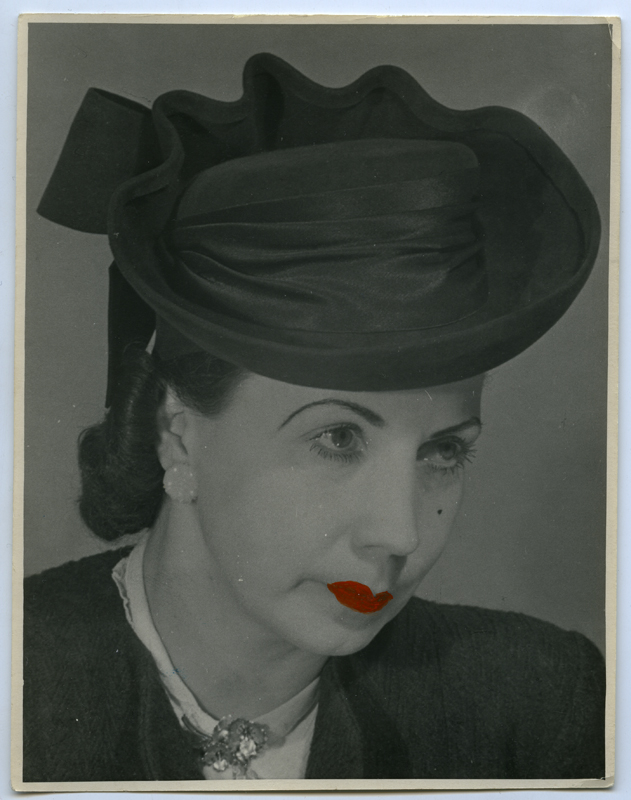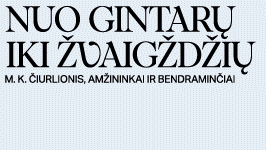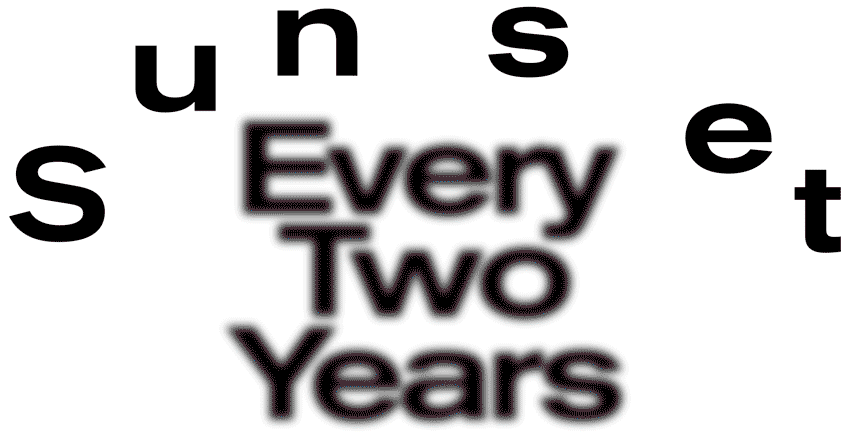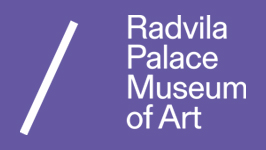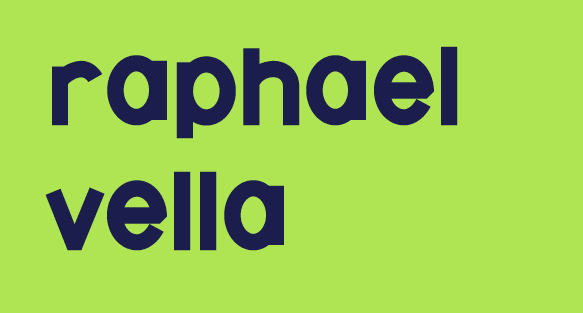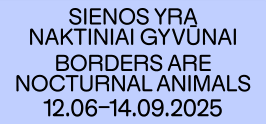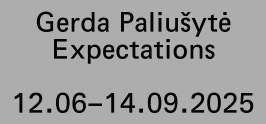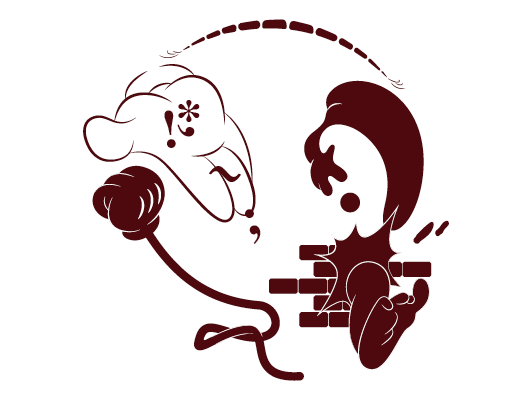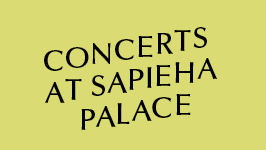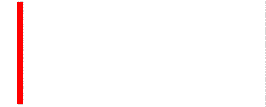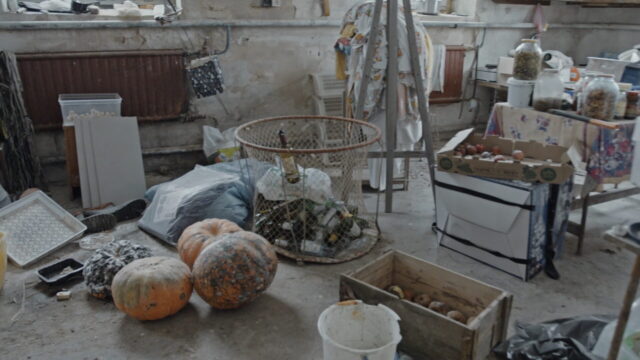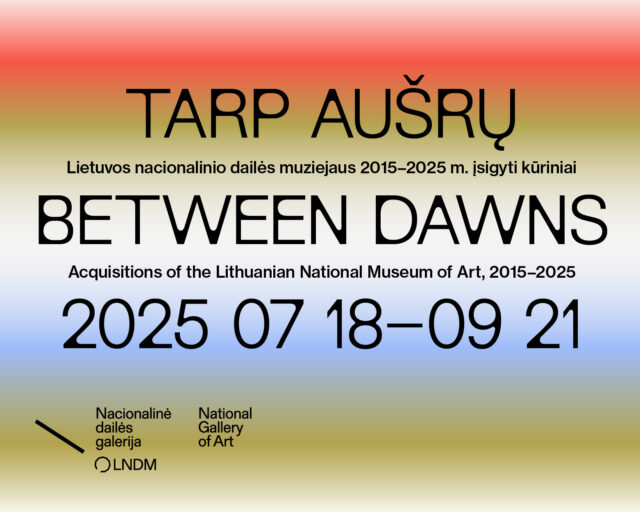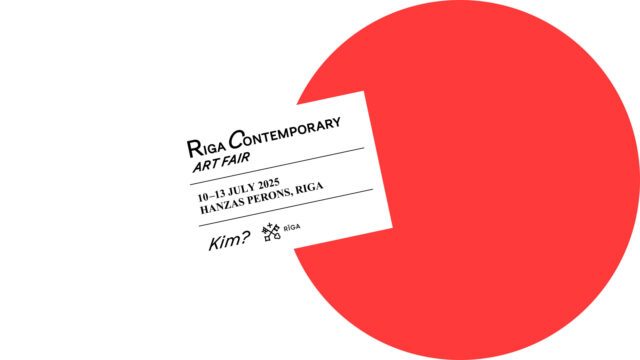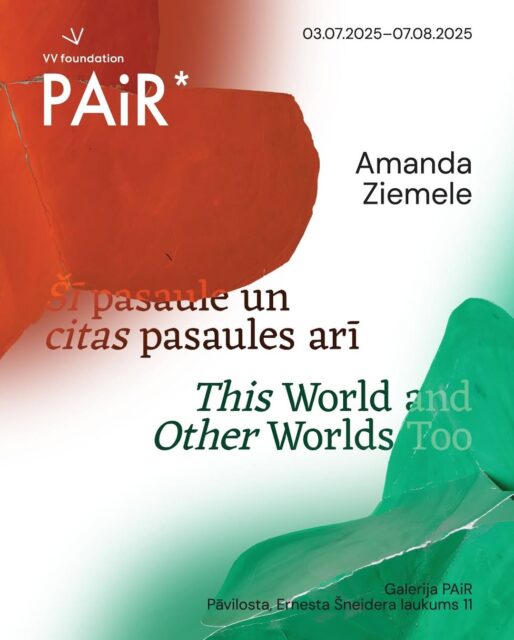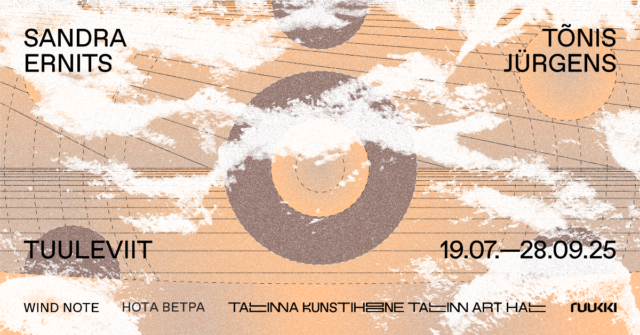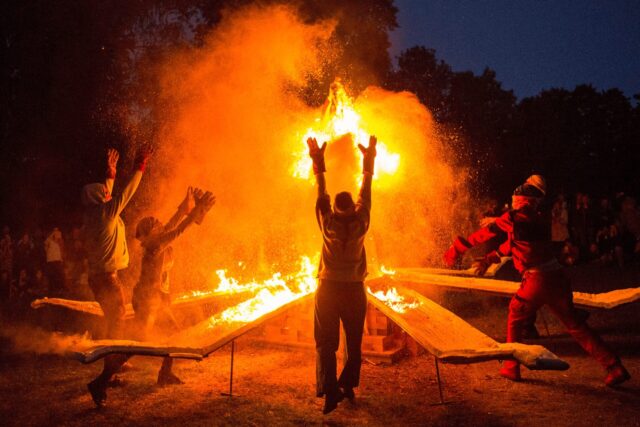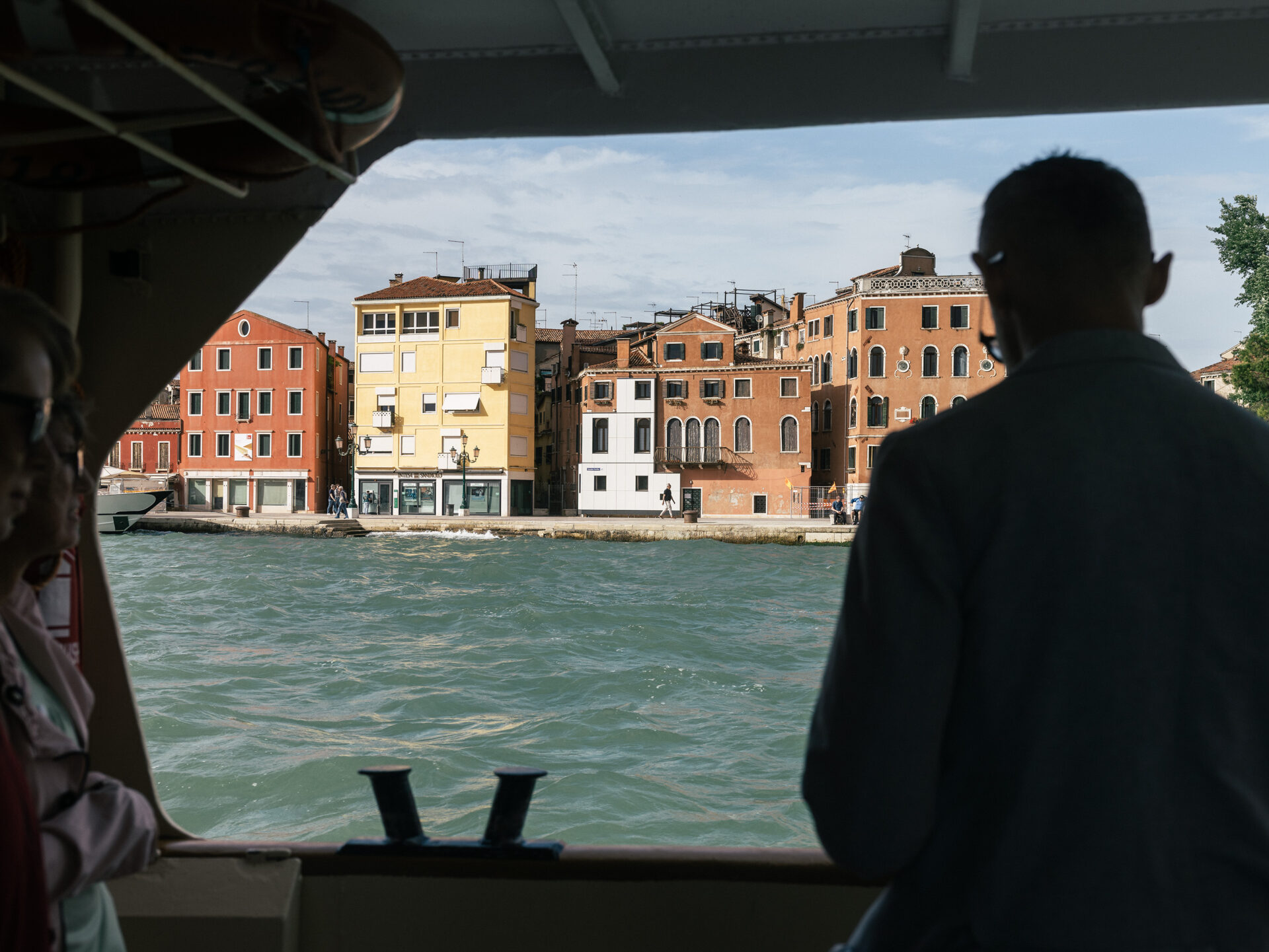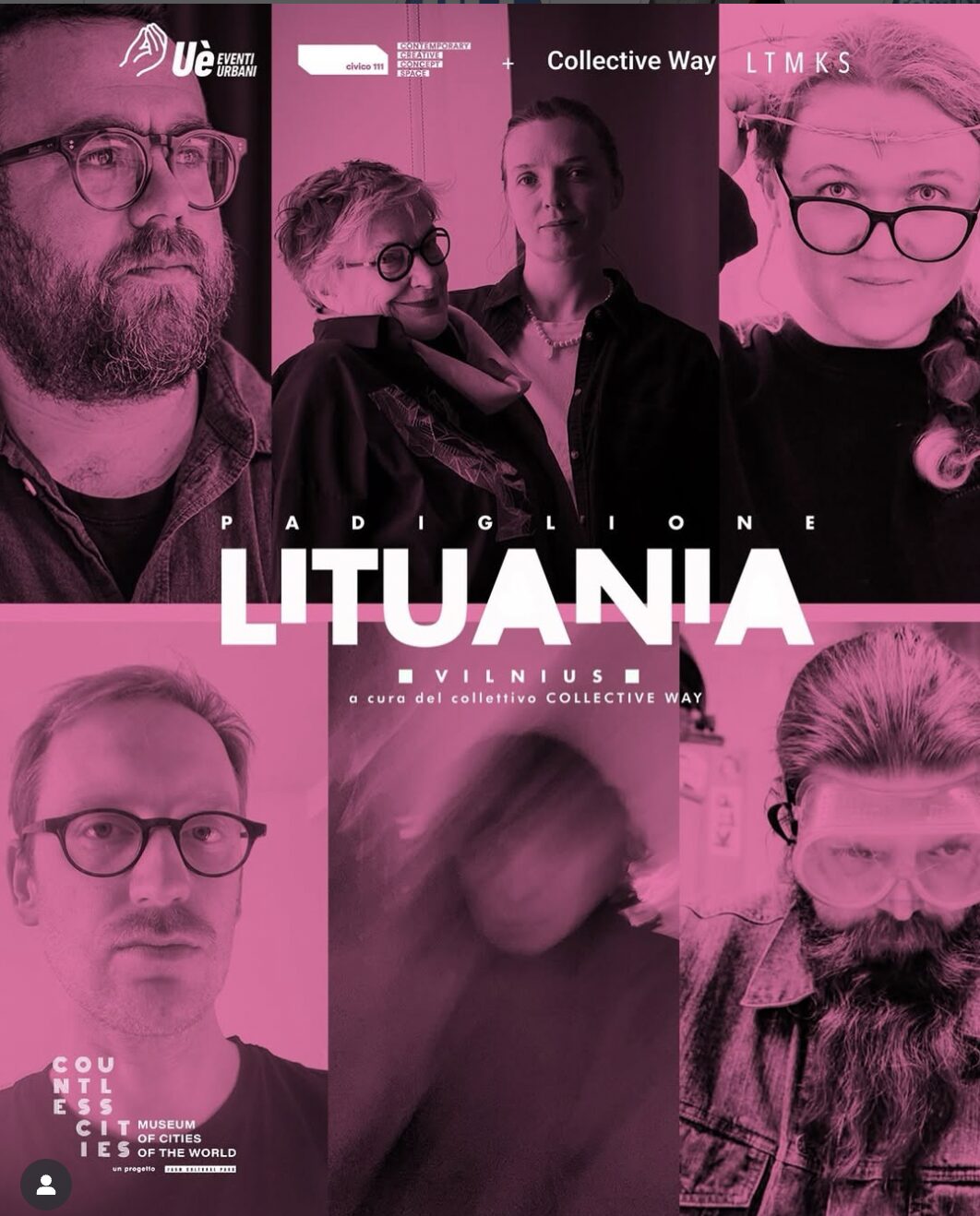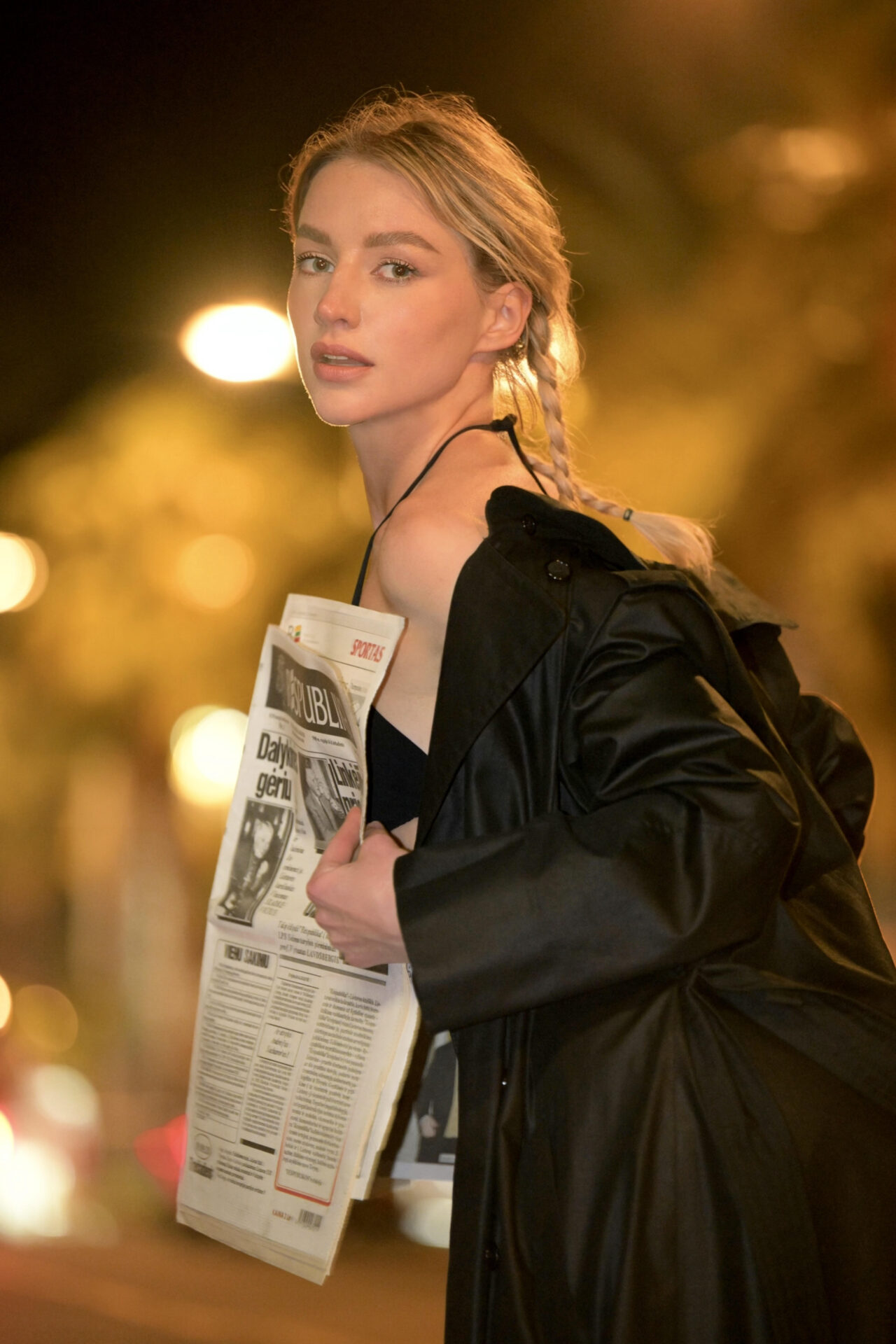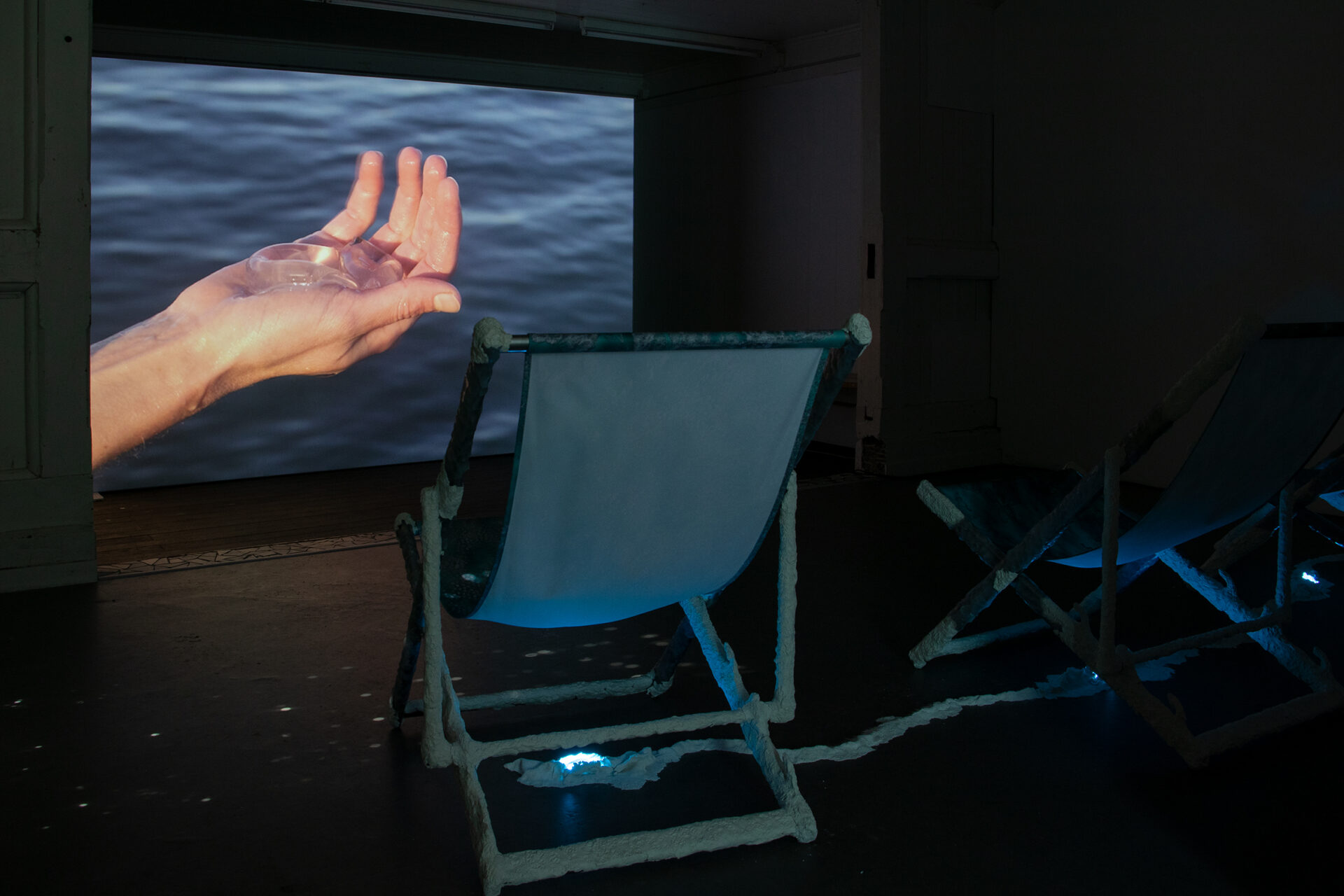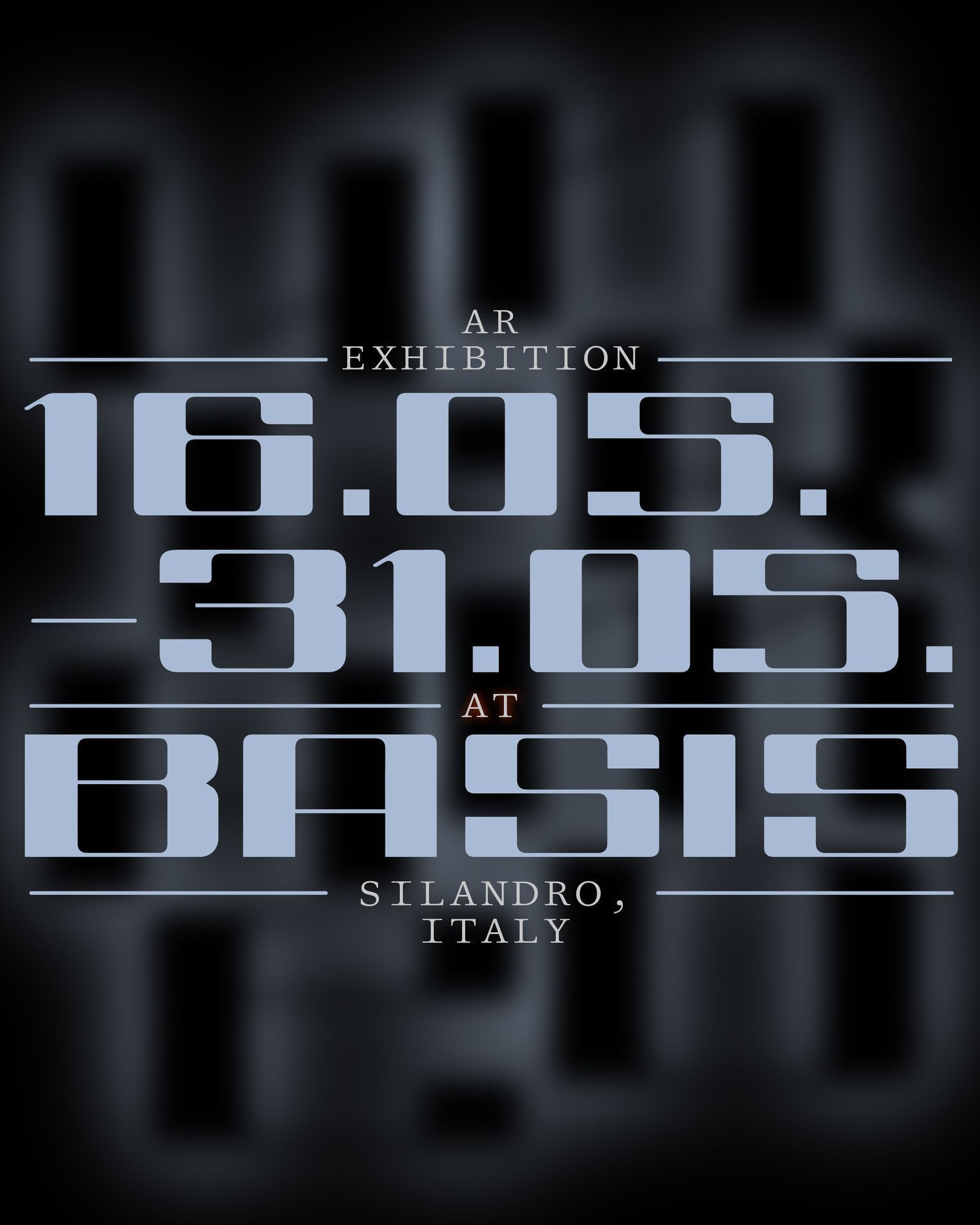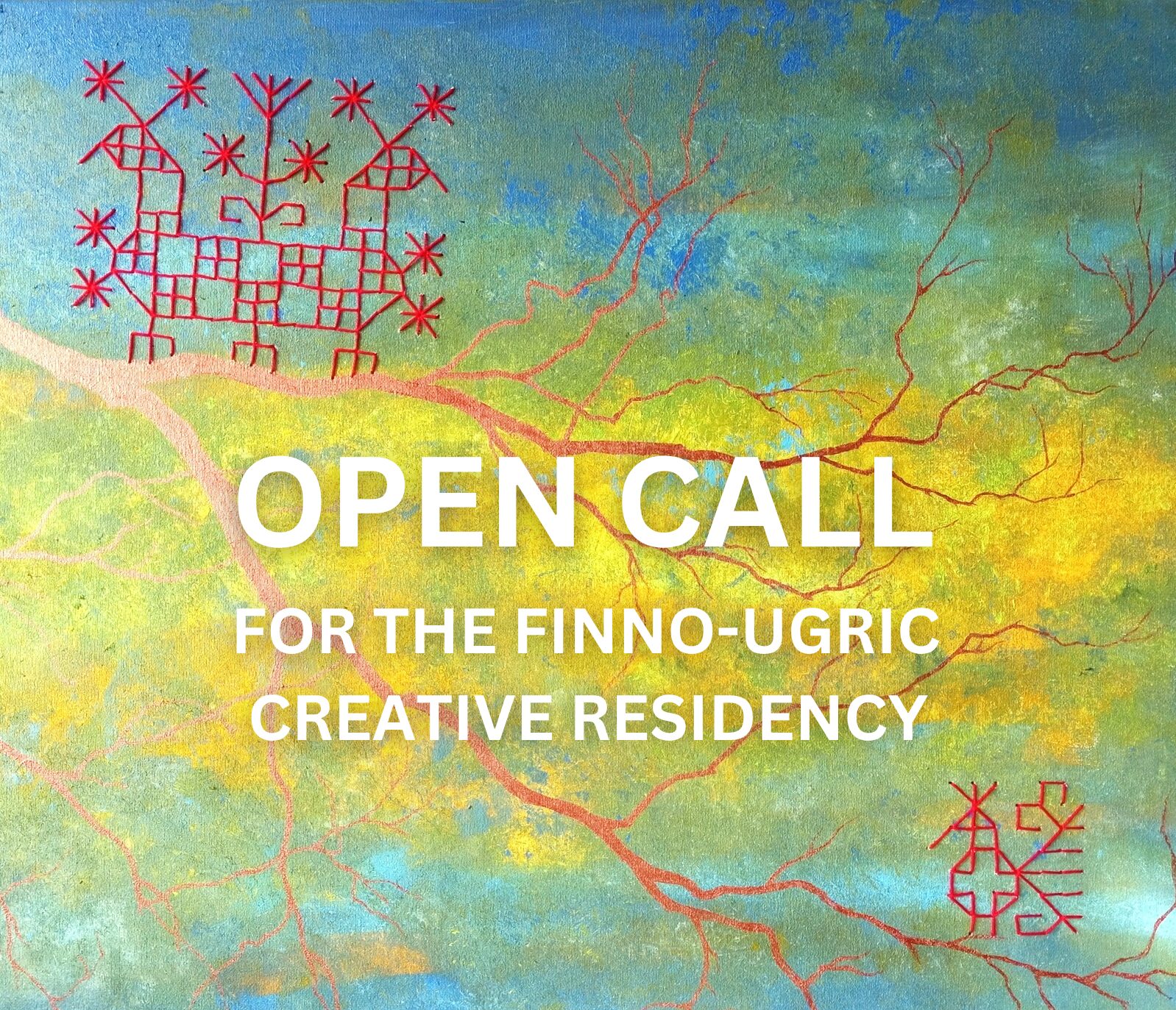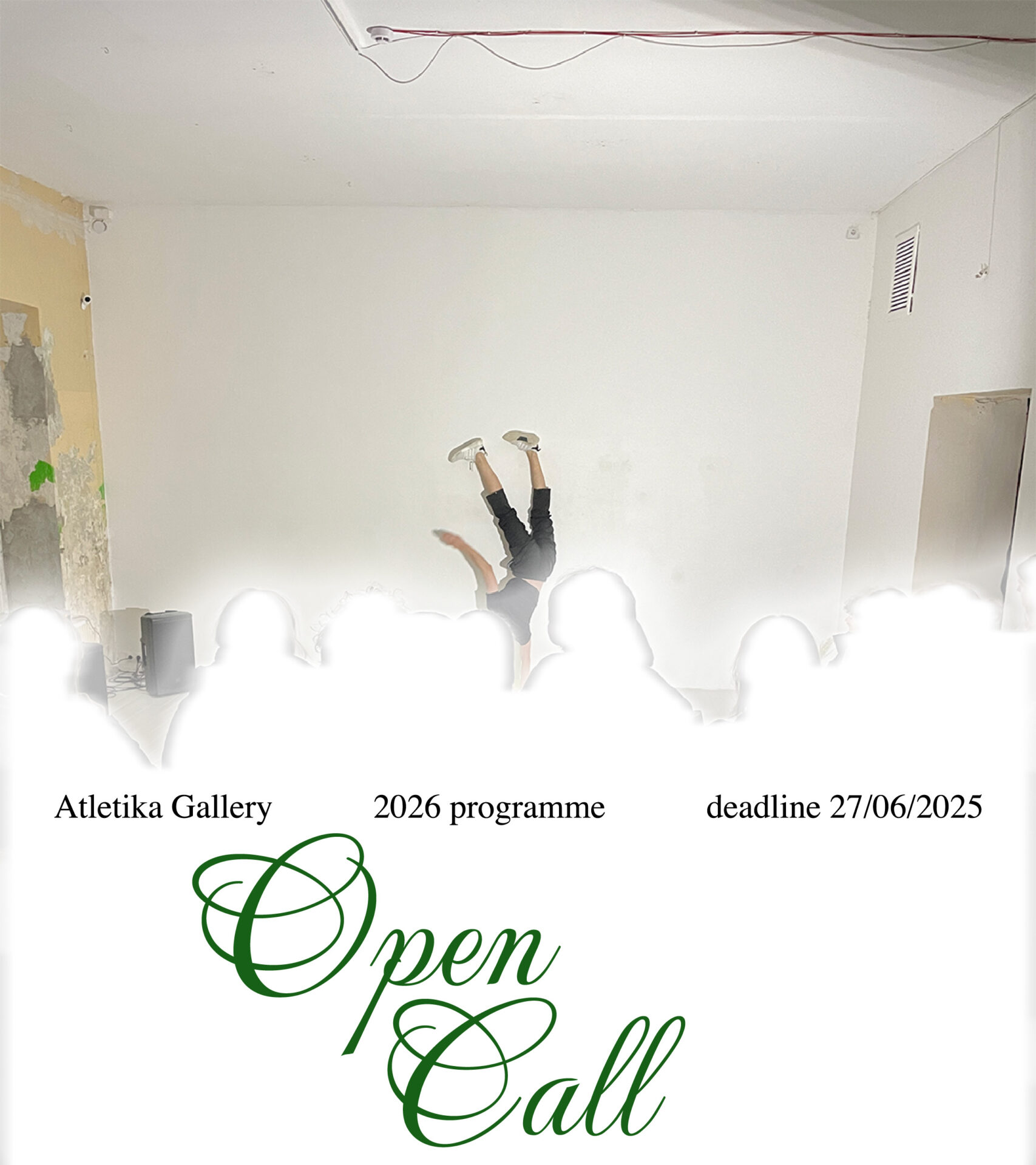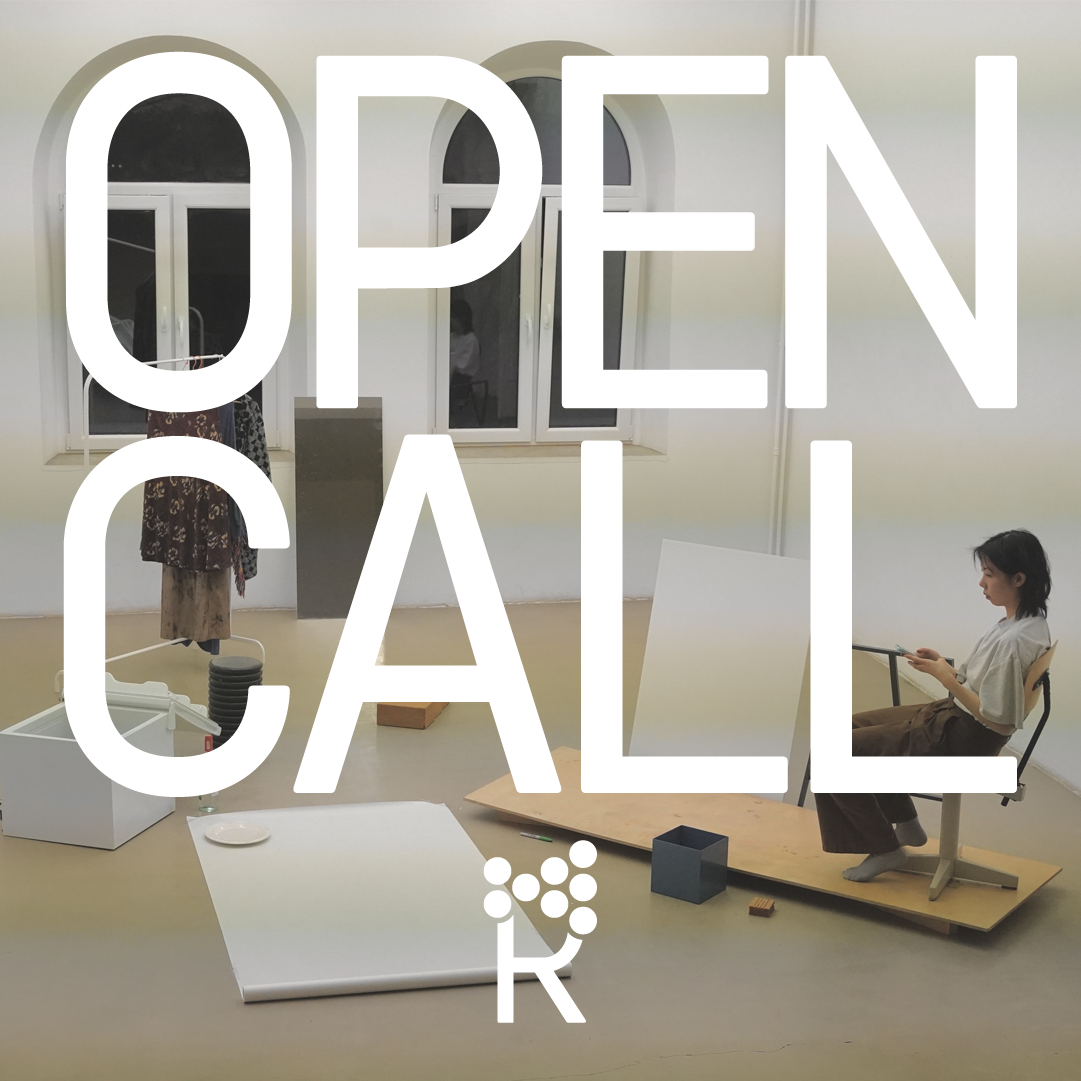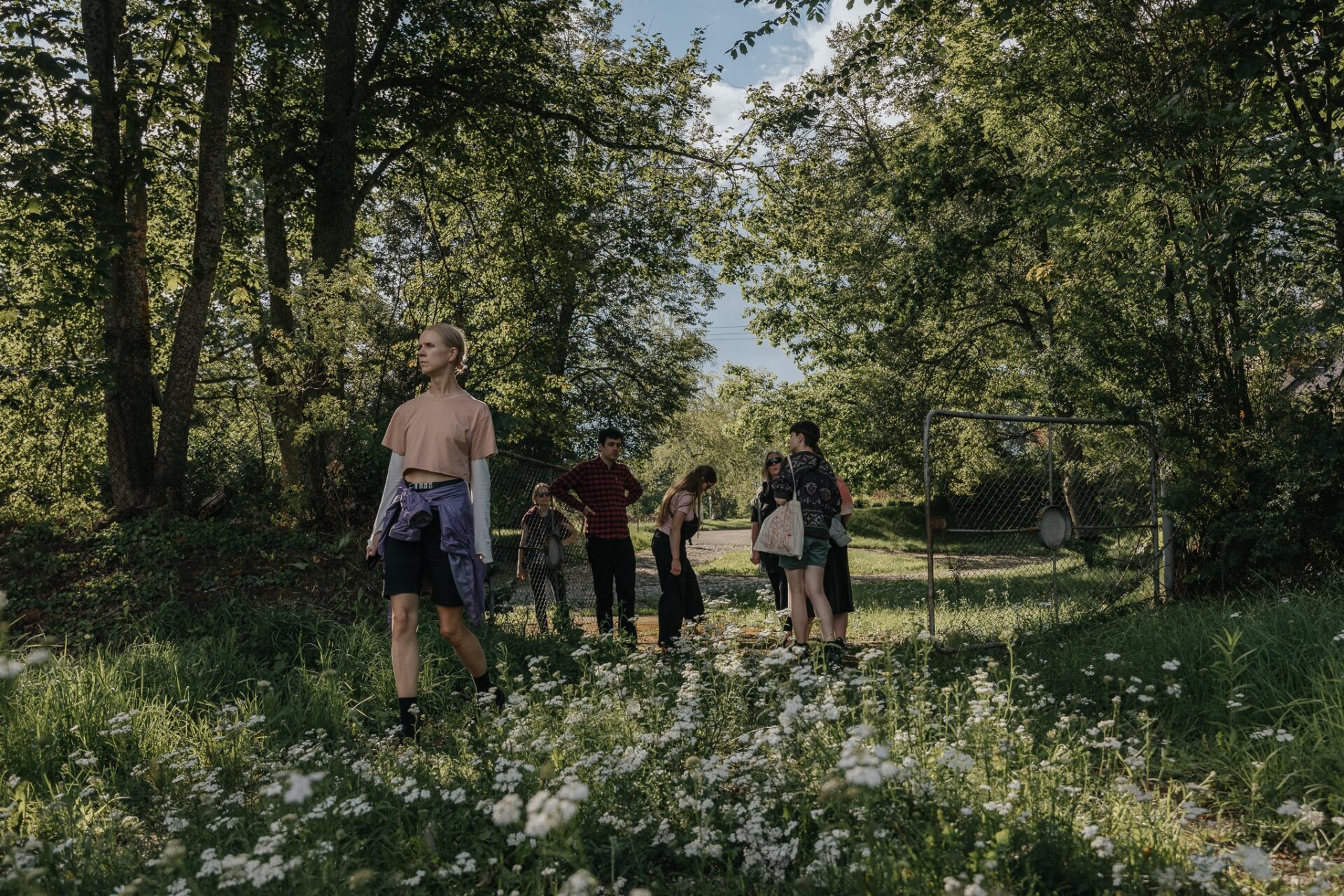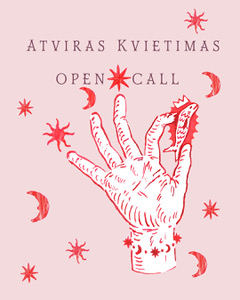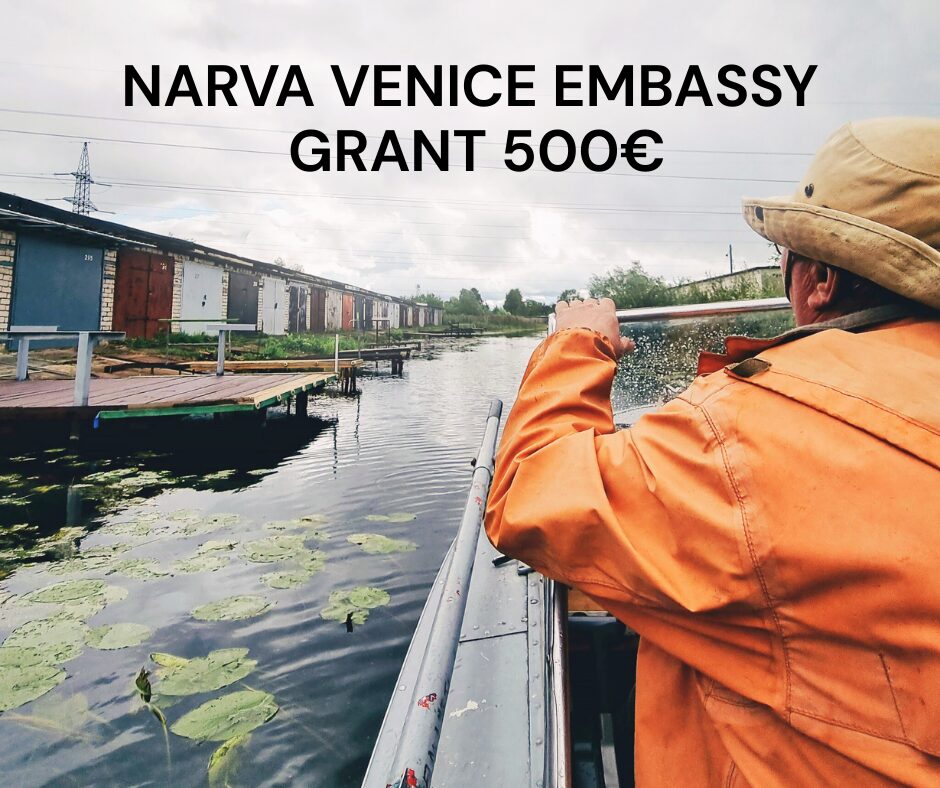Visual perception is a complex system involving vision as well as the mind and memory processes, and today it has become an important field of research in relation to the medium of photography. With the development of photographic technologies, the culture of seeing has also changed, yet the photographic image’s aura of trustworthiness, or its documentary nature, still survives in the era of Photoshop, smartphones and internet. The capacity of new technologies to manipulate and generate images serves as a motivation to revisit and re-evaluate the legacy of analogue photography, since present-day confusion regarding the dominance of visual fakes is part of a debate that has been around since the inception of the photographic image in the mid-19th century. Thus, the photographic image is associated with scientific objectivity, based on the fact that it uses mechanical methods to acquire a record of reality, or a “copy of nature”. This rhetoric has not been erased from the thinking of contemporary society and exists alongside synthetic imagery generated using systems of artificial intelligence.
The Latvian Museum of Photography presents a look at a thematic selection from its collection The Apparent – Un/believable, showing experiments by photographers from the first half of the 20th century who created illusory representations (and manipulations of the “copy of nature”). This is the period when manifestations of modern photography appeared confidently on the scene, announcing fundamental changes in the paradigm of the medium in relation to the production, use and evaluation of the photographic image. On the one hand, modernist currents in the early 20th century stressed the essence of the medium of photography, attributed to the photo camera as the point of departure for the production of the image as opposed to post-processing, or manipulation, of images (as in pictorialism, for example). On the other hand, the photographic medium easily found resonance with the experimental spirit of several art movements (for example, Dadaism and surrealism). It has to be remarked that, in the Latvian context, modernist tendencies can be identified in photography only sporadically. The works of the selected artists represent a variety of techniques – retouching, hand-colouring, montage and others – as well as experiments with the angle of the shot, or perspective, where the photographic depiction of the object on the plane is deformed. The represented artists are both experts of their profession such as Lūcija Alutis-Kreicberga, Alfrēds Polis and the photographers of the Strenči Photographic Studio, as well as amateurs such as Eduards Gaiķis and Konstantīns Koks. The collection will be displayed on public transport shelters and billboards in Riga, which, like illusory islands in the urban environment, will make the hurried residents and guests of the city pause, inviting reflection on the un/believability of what they see.
More information: https://www.rpbiennial.com/program/8.html
